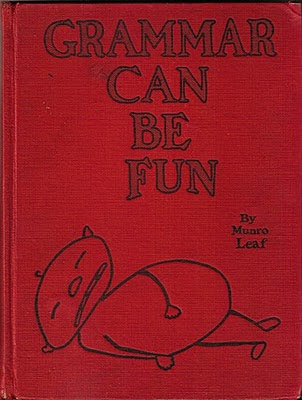
Life Magazine's archives has an interesting collection of literary icons that had a little too much fondness for altered states. Interesting for a fun friday.
Tracking innovation, development and experimentation in information studies and library science and spotting new technologies, trends, fun stuff and much more.


 R. D. 2
R. D. 2


 The Seattle Public Library
The Seattle Public Library The Chateau de Chantilly Library
The Chateau de Chantilly Library The Stockholm Public Library
The Stockholm Public Library




A post from the daily flow of linkage called Fresh Signals, at Coudal.com.



"The most exciting phrase to hear in science, the one that heralds new discoveries, is not 'Eureka!', but 'That's funny…'" -Isaac AsimovSuccessful research often leads through reasonable yet unsuccessful approaches and unexpected discoveries. Indeed the history of science is rife with examples of important discoveries arising from such results. In particular, two of today's most fruitful areas of research, computational sciences and life sciences, have no major venues in which such intermediate results can be discussed. Now there is a forum for and dialogue on serendipitous and unexpected results in these areas will provide valuable insight and inform modern research practices.






 Life-enhancer of the year: The High Line, by Friends of the High Line, James Corner Field Operations and Diller Scofido + Renfro .
Life-enhancer of the year: The High Line, by Friends of the High Line, James Corner Field Operations and Diller Scofido + Renfro . Best domestic design: Slowcooker, by Margriet Foolen, for Royal VKB
Best domestic design: Slowcooker, by Margriet Foolen, for Royal VKB 













Time to adoption: Two to Three Years
Time to adoption: Four to Five Years
Each section of the report provides live Web links to examples and additional readings. The findings for the 2010 Report resulted from the work of the 47-person Advisory Board, with experts from ten countries.





